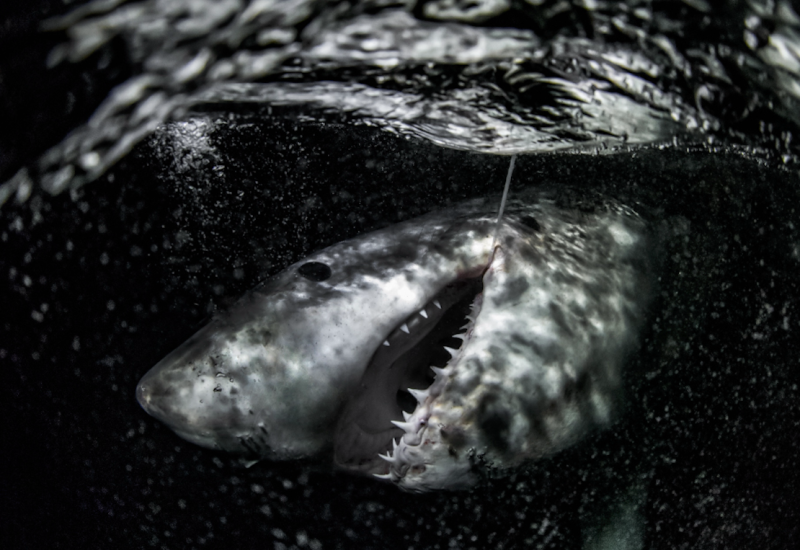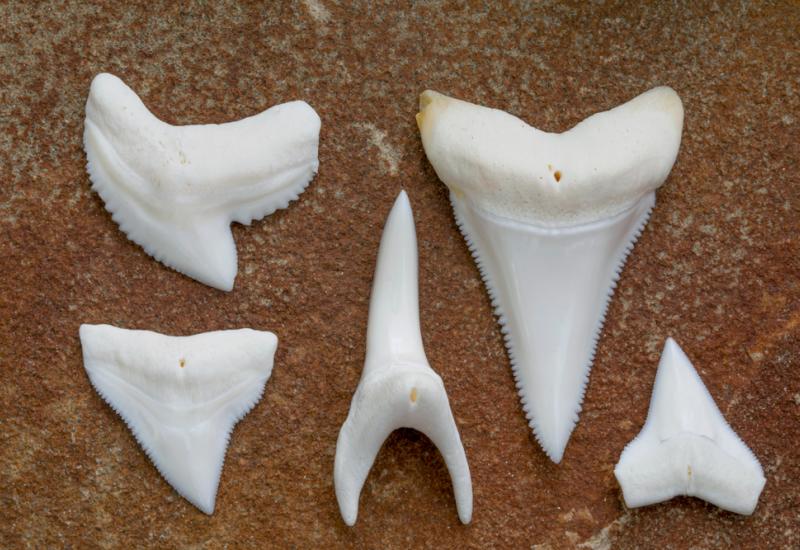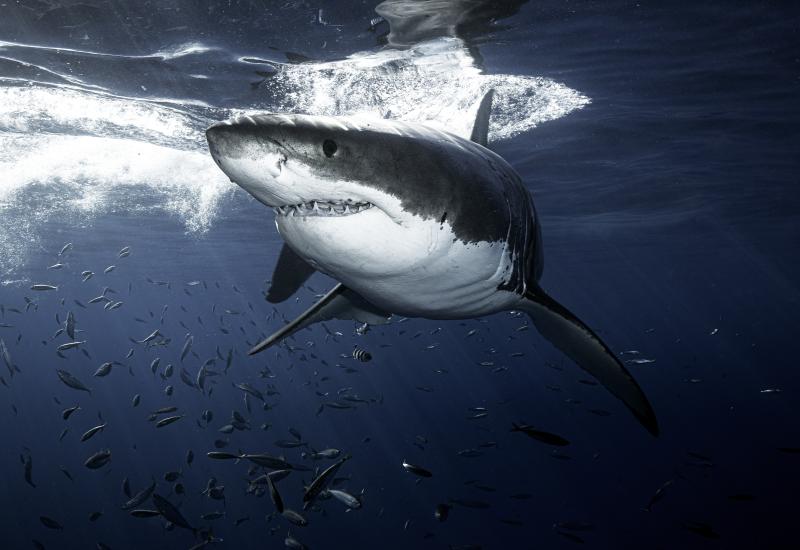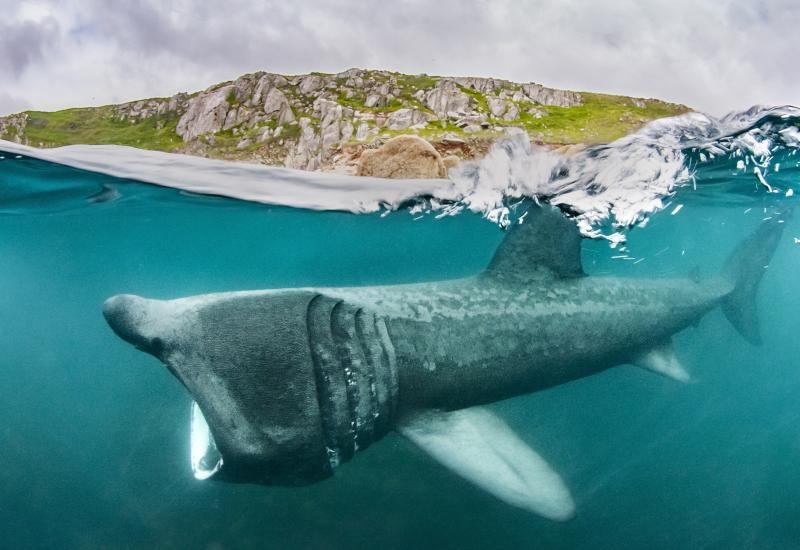Becoming the Shark Lady: The Legacy of Eugenie Clark
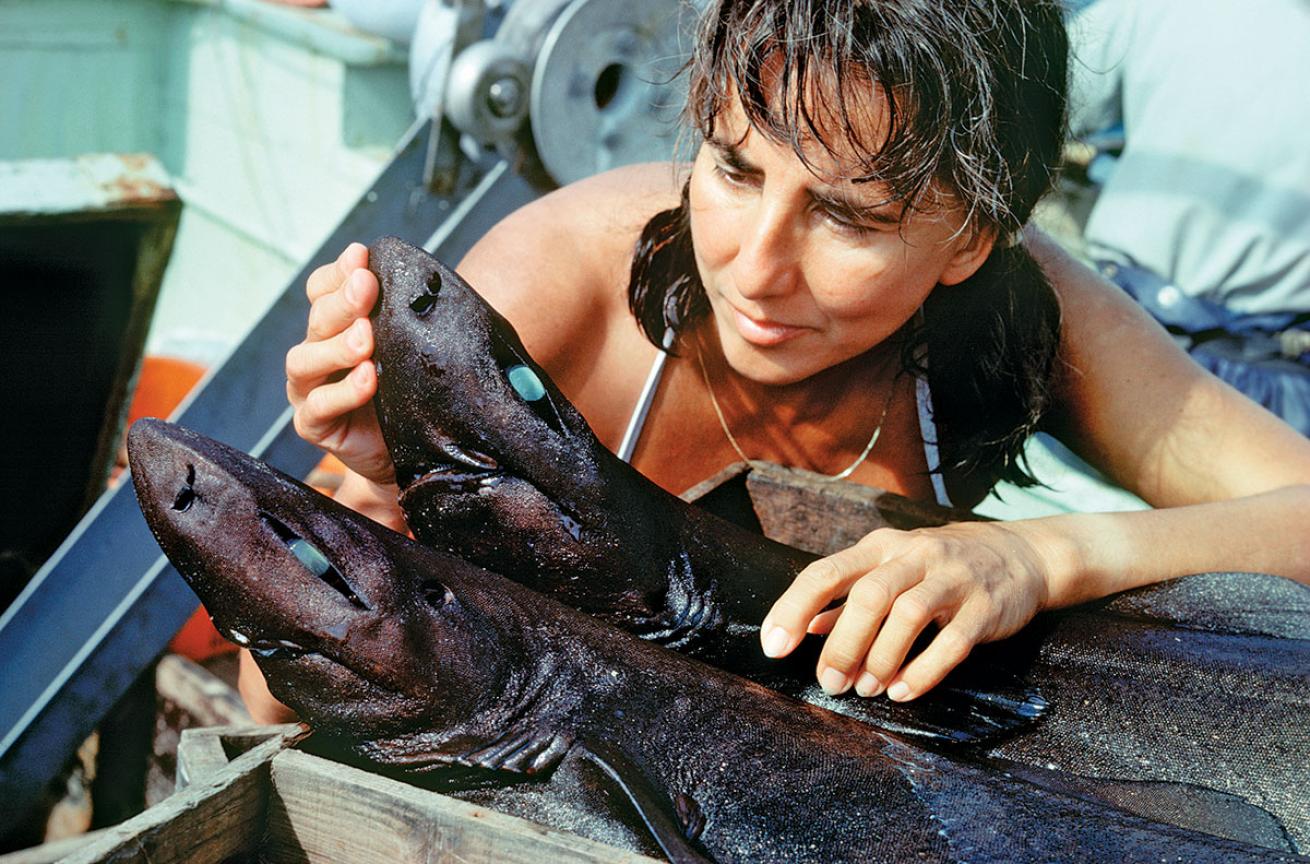
David Doubilet/National Geographic CreativeTHE SHARK LADY
When pioneer marine biologist Dr. Eugenie Clark died this past February, she had compiled a nearly 75-year legacy of scientific research.
Credit the New York Aquarium with Dr. Eugenie Clark’s lifelong devotion to fish. At age 9, she had an overwhelming desire to be in their world, and that pas- sion inspired her to become an ichthyologist, writer and explorer. She wrote three books, 80 scientific treatises, and more than 70 articles and papers; she had four species of fish named for her. In 2014, after Clark was named Beneath the Sea’s Legend of the Sea, contributor Brooke Morton interviewed “The Shark Lady” for our sister magazine, Sport Diver. The following is an excerpt from that interview.
Favorite shark encounter?
I was out of the water, looking into the shark pen at Cape Haze Marine Laboratory (now known as the Mote Marine Laboratory) in Sarasota, Florida. I realized that our lemon sharks had learned to push the right underwater target to release food. We had trained sharks for the first time.
You sustained a shark bite while in a car. What happened?
I was driving to a lecture for schoolchildren. On the front seat next to me was a tiger shark jaw. Running late, I stopped abruptly for a red light and stuck my arm out to prevent the jaw from cutting the dashboard. Instead, the teeth sliced my arm. The students were most interested in the bite-mark circle.
Most surprising discovery?
I found that one fish, the belted sandfish, could change sex from female to male — and vice versa — in as little as 10 seconds.
How has the gender gap changed for female scientists?
Tremendously! When I started, I was one of few females in the field — and the only one studying sharks. Now there are lots of female students of elasmobranchs. The shift can be seen in professional organizations, such as the American Elasmobranch Society, which started out with one female, and now has more than 50 percent female membership.
Greatest accomplishment?
My four children, the many friends I’ve made in the diving world, and to have a small part in inspiring an interest in sharks and marine life in children.

